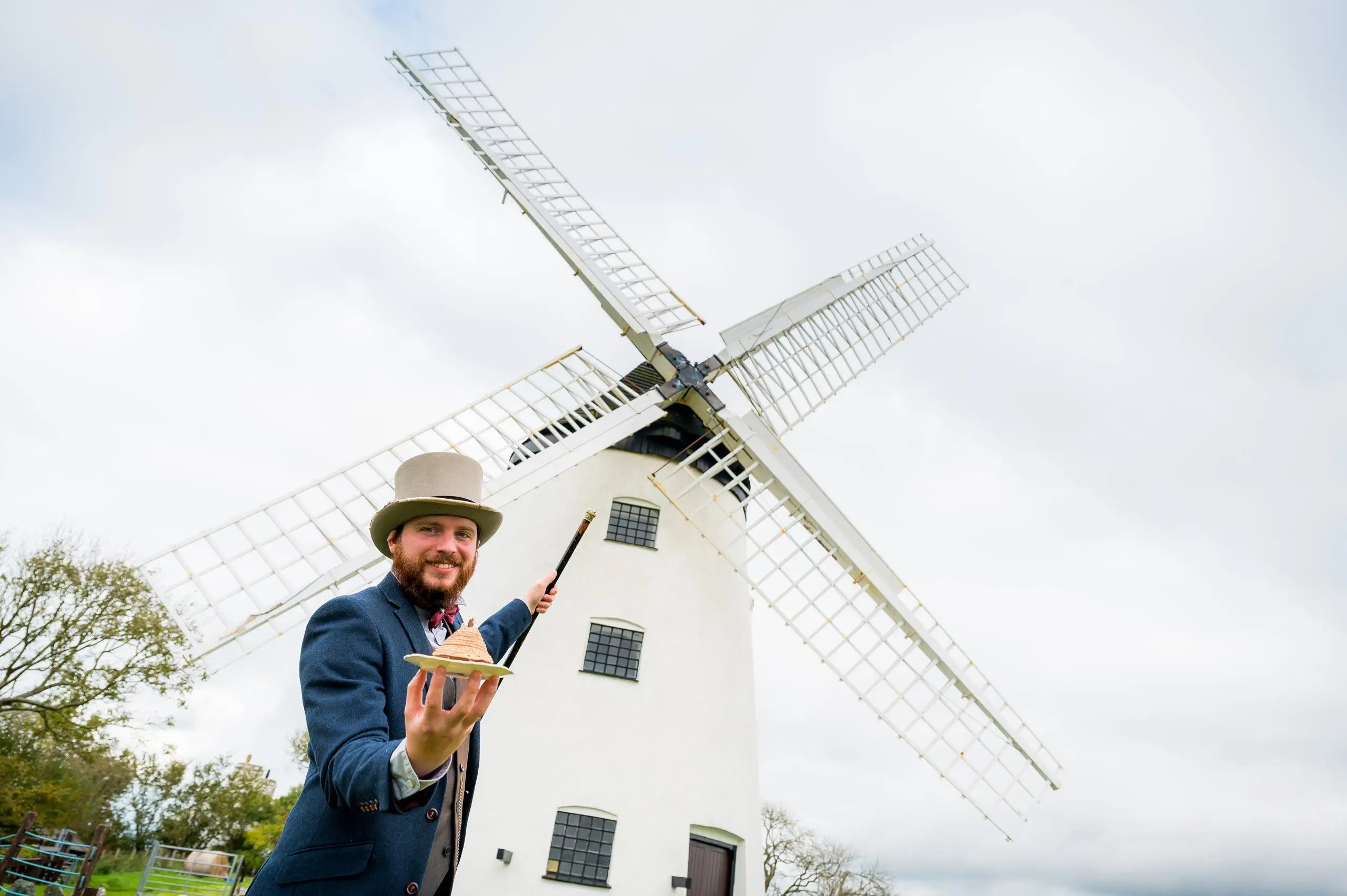Take the kids to the Empire Complex Play Centre, Holyhead. It does what it says on the tin. One of the largest indoor centres in North Wales, it has a huge, three-tier structure for older kids to explore and a dedicated soft play area for toddlers. A plethora of playthings like slides, tunnels, mini-climbing walks and swing balls keep children busy for hours while the poor parents can at least chill out with a coffee in the café while twiddling their thumbs.
From Holyhead follow the A5 or A55 Expressway, picking up the A5025 north for Llanfaethlu, where you turn left onto a minor road for almost 3 miles/4.8km to Porth Swtan, otherwise known as Church Bay. It’s a charming little beach of sand and pebbles (there’s nearby parking). Get busy building sandcastles, then see if you can spot crabs and other marine creatures in the rock pools.
Return to Llanfaethlu and the A5025 south for nearly 0.5 mile/0.8km, turning left onto the minor road for Llynon Mill, Llanddeusant.
In the Middle Ages Anglesey was known as the breadbasket of Wales (Môn Mam Cymru, the ‘Mother of Wales’) because of its fertile soil.
The island bristled with windmills to grind corn into flour. Llynon Mill is rare indeed, the only surviving working mill on the island. Though rooted in the past it stands as a symbol of what wind power can achieve today and into the future, a living example of the evergreen, environmentally friendly value of free power.


